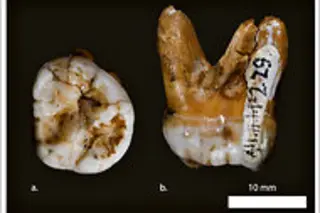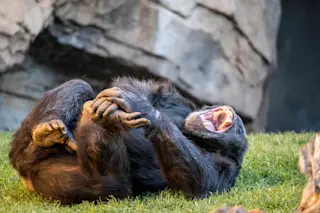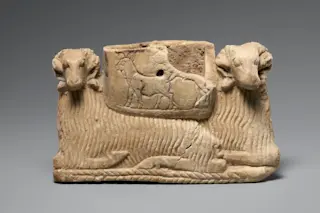Last March I wrote here about a 50,000-year-old pinky bone found in a Siberian cave that might belong to a previously unknown kind of human. Scientists had isolated mitochondrial DNA from the bone, which suggested that it belonged to a separate lineage that was neither Neanderthal nor human.
Well, the other shoe has dropped, and it turns out to be a big old boot. In tomorrow's New York Times, I report on a new paper in Nature in which the scientists describe the nuclear genome they have now extracted from the finger bone.
Its owner looks to be a cousin to Neanderthals, belong ing to a lineage that split off from them about 400,000 years ago. The members of this lineage have been dubbed the Denisovans, after the name of the cave where the pinky bone was found, Denisova.
But wait! There's more. First off, the scientists also got Denisovan ...














